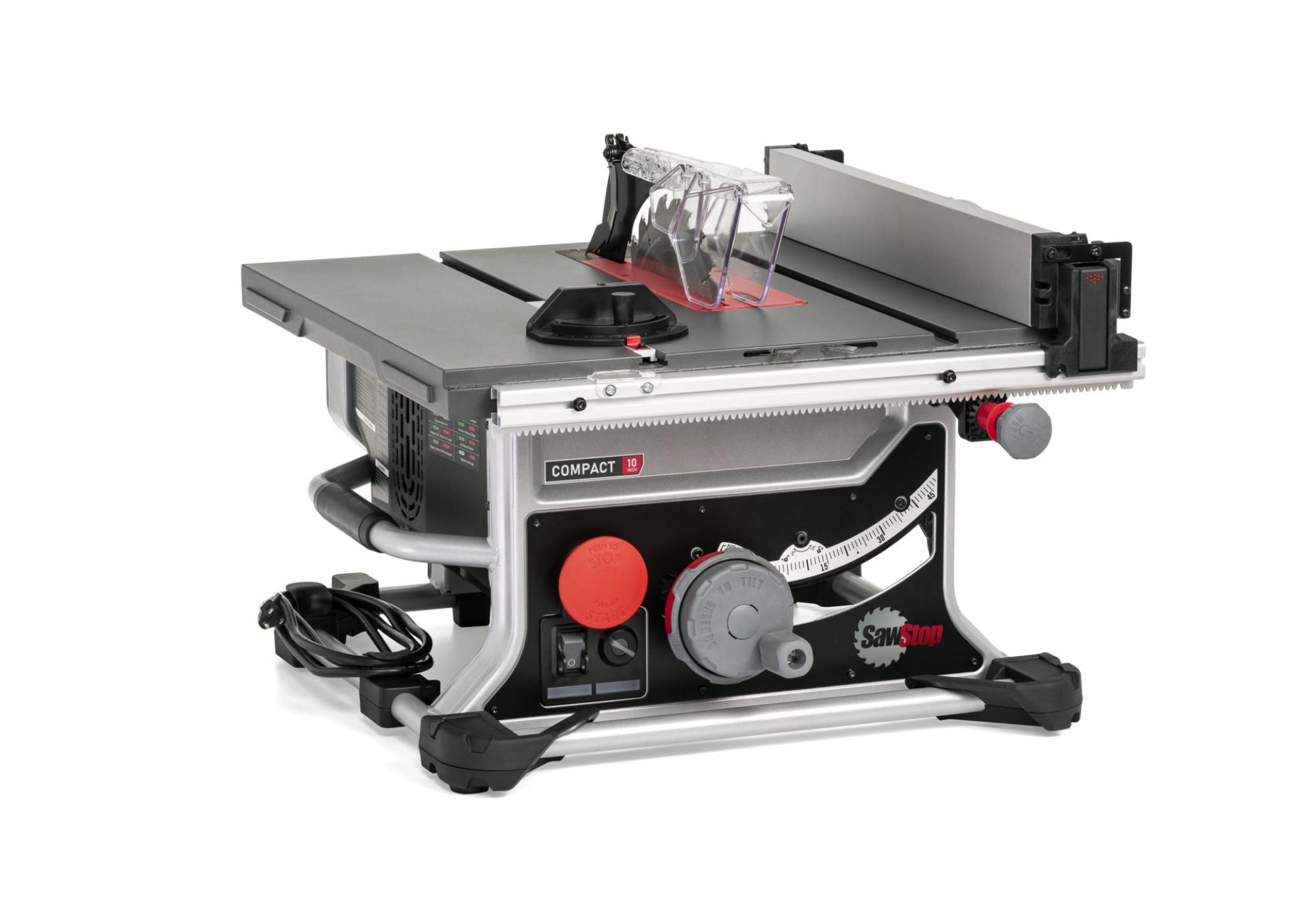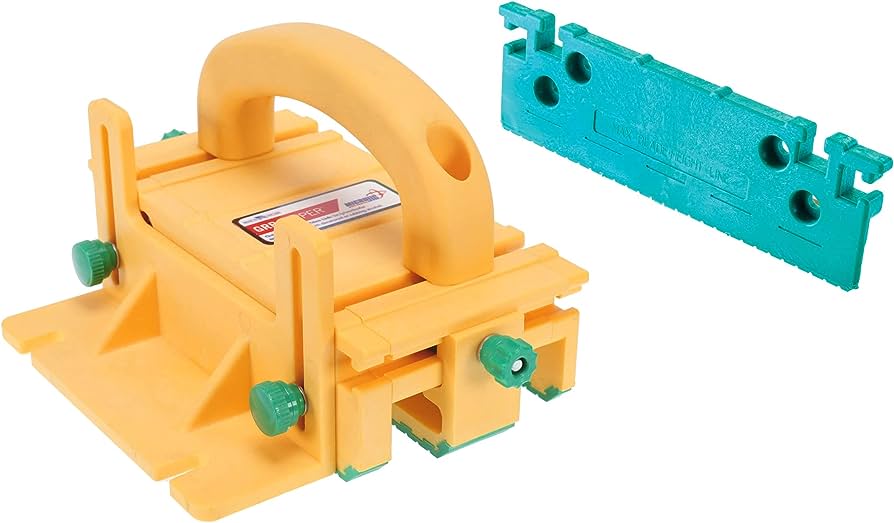Table saw kickback prevention tips include using a riving knife and anti-kickback pawls. These safety measures help prevent the workpiece from getting caught and thrown back by the spinning blade.
When using a table saw, it’s important to follow these tips to minimize the risk of kickback. We will explore effective ways to prevent table saw kickback and ensure safe woodworking practices. From understanding the causes of kickback to implementing proper techniques and using the right accessories, we will cover all the essential information you need to know to stay safe while operating a table saw.
So, let’s dive in and learn how to prevent kickback incidents on the table saw.
Understanding Table Saw Kickback
Table of Contents
Understanding table saw kickback is crucial for the safety of woodworkers. It is important to be aware of the causes of table saw kickback, as it poses significant dangers and potential injuries. Kickback occurs when the wood being cut is forcefully thrown back towards the operator.
One common cause of kickback is when the wood pinches the back of the blade, disrupting the cutting process. Another cause is when the blade encounters a knot or irregularity in the wood, causing it to suddenly jerk backwards. To prevent kickback, it is essential to maintain proper blade alignment and ensure that the saw’s safety features are in place.
Additionally, using a riving knife or splitter can help prevent the wood from pinching the blade. Always stand to the side of the blade and wear appropriate safety gear to mitigate the risks associated with table saw kickback.

Credit: www.sawstop.com
Essential Safety Precautions
Essential safety precautions include maintaining proper stance and body positioning while using a table saw. Correct usage of push sticks and featherboards is crucial to prevent kickback accidents. These tools help ensure a safe distance between your hands and the saw blade.
Additionally, riving knives and splitters play a vital role in kickback prevention. These devices help keep the workpiece from binding or pinching the blade, reducing the risk of kickback. By using these safety measures effectively, you can minimize the chances of accidents and injuries while operating a table saw.
Remember to always prioritize safety when working with power tools like table saws to protect yourself and others around you.
Techniques For Preventing Kickback
Table saw kickback can be dangerous and cause serious injuries. To prevent kickback, adjusting the blade height and angle is crucial. Maintaining blades, fences, and miter gauges is also important. Regular inspection and maintenance ensure optimal performance and minimize the risk of kickback.
Another key factor is choosing the right blade for the job at hand. Different materials require specific blades with appropriate teeth configuration. By following these techniques, you can effectively prevent kickback and work safely with your table saw. Remember to prioritize safety at all times to avoid any accidents or injuries.
Frequently Asked Questions Of “Table Saw Kickback Prevention Tips”
What Can You Do To Avoid Kickback On Table Saws?
To avoid kickback on table saws, follow these steps: 1. Use a riving knife or splitter to prevent wood from binding. 2. Keep the saw blade sharp and aligned properly. 3. Use a push stick or push block to properly guide the wood.
4. Maintain a firm grip on the wood to prevent it from rotating.
What Are The 7 Ways To Prevent Kickback?
To prevent kickback, follow these 7 steps: 1. Use a sharp blade for smooth cuts. 2. Adjust the cutting depth to reduce the risk of binding. 3. Always keep both hands on the tool for better control. 4. Use a kickback device like a riving knife or splitter.
5. Avoid overloading the tool by feeding materials at a steady pace. 6. Maintain a firm grip on the tool to minimize kickback. 7. Wear appropriate safety gear, including eye protection and sturdy shoes.
What Are 2 Common Causes Of Kickback On The Table Saw?
The two common causes of kickback on the table saw are incorrect positioning and dull or improper blade.
Conclusion
Overall, preventing table saw kickback is crucial for ensuring safety and achieving accurate cuts. By following these essential tips, such as using a riving knife and splitter, maintaining proper blade height and alignment, using a push stick or jig, and avoiding improper feeding techniques, you can significantly reduce the risk of kickback.
Always prioritize safety by wearing appropriate protective gear and working in a well-lit and clutter-free area. Regularly inspect your table saw for any signs of wear or damage, and replace or repair components as needed. Remember to keep yourself updated on new safety guidelines and techniques to further enhance your woodworking experience.
By implementing these kickback prevention measures and staying vigilant, you can enjoy a safe and productive woodworking journey. Stay safe and happy woodworking!
- 12 Inch Wood Planer: Smooth Your Woodworking Projects Like a Pro - 01/10/2023
- Table Saw Blade: Unleash the Cutting Power - 22/09/2023
- Vintage Table Saw: Uncover the Unparalleled Power - 22/09/2023

